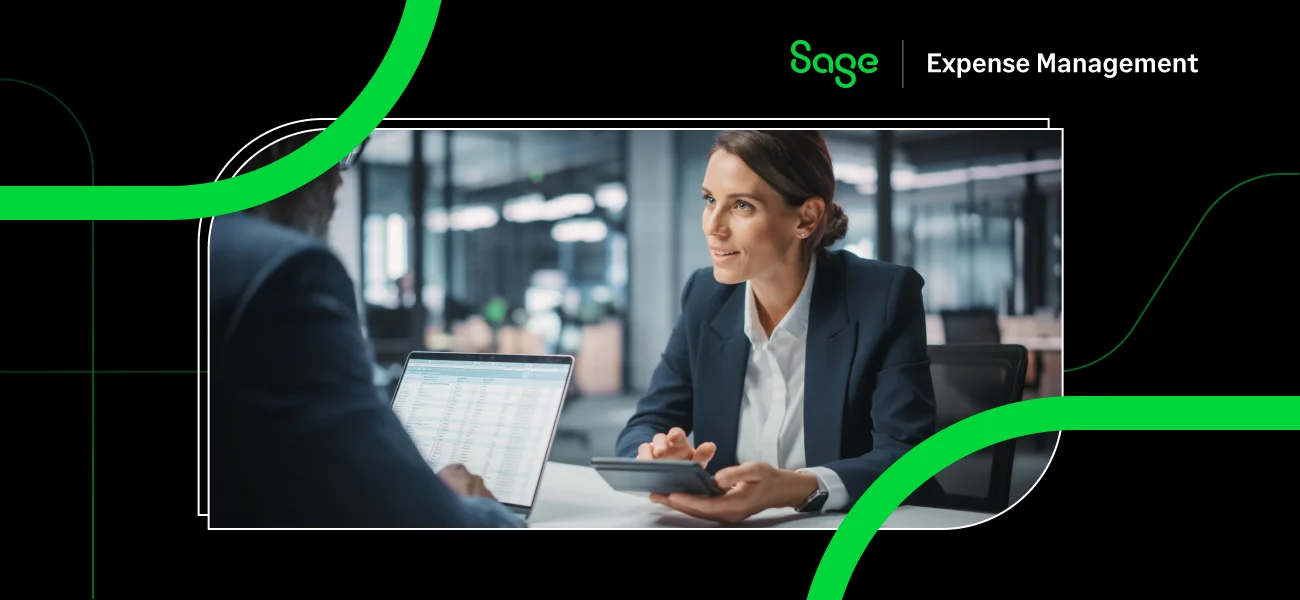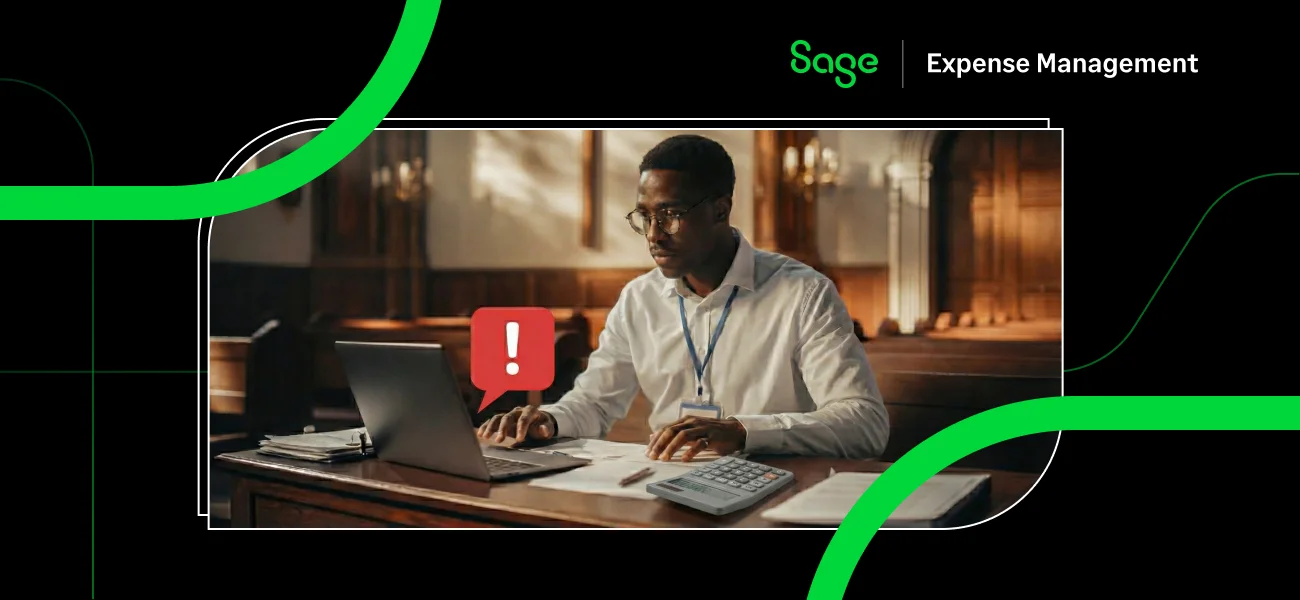It might feel relatively straightforward at first, but the intricacies of bookkeeping can quickly creep up on you. Common bookkeeping challenges—tax compliance, record-keeping, cybersecurity, and more—can have costly implications for your small business.
Staying on top of your bookkeeping is just as important to your company’s financial health as sales, marketing, and customer retention. By identifying and resolving bookkeeping challenges, you can spot profitable opportunities, avoid costly errors, and guide your business toward long-term success.
So, what are the main bookkeeping and accounting challenges facing small businesses today? And, more importantly, how can you resolve them?
Challenge 1: Lack Of Employee Skills and Expertise
There are a few reasons why your business might find itself with inexperienced bookkeepers.
Small businesses that have built their company from the ground up may find themselves with employees who are simply unable to handle the increasing pressures of a growing business. Some bookkeepers might lack industry-specific knowledge. Or, your bookkeeper could be struggling to move on from outdated accounting methods or technologies.
Whatever the case, employees who lack the necessary skills and expertise to manage your books can execute poor decision-making, generate lost revenue, and hinder business growth.
But slow down—there’s no need to fire your loyal employees. This common bookkeeping challenge is easily managed through upskilling.
Solution: Provide Comprehensive Training On Bookkeeping Principles
You can mold your employees into knowledgeable, skilled bookkeeping experts by training and upskilling them. Refine their knowledge of the primary principles of bookkeeping and educate them on the newest trends and technologies. Armed with the resources they need to succeed, you can encourage employees to reach their full potential.
By “reaching their full potential,” we mean more than providing accurate financial reports. Knowledgeable, empowered bookkeepers can unlock pivotal financial insights and improve sales and marketing strategies.
Also Read:
Challenge 2: Security Threats And Data Loss
With the cost of a data breach at an all-time high, protecting your business from data loss and threats has never been more important. Of all your business departments, accounting and finance should be a key focus in your cybersecurity strategy.
Your accounting teams and systems handle incredibly sensitive employee, customer, and company data. This makes them a likely target for malicious phishing attacks, malware attacks, and more.
But it’s not just external threats you need to worry about. Accounting systems are especially prone to insider threats.
Insider threats are carried out by people within, formerly within, or associated with your company. Accounting systems are at risk of insider threat attempts because of the financial information they hold. Unsurprisingly, financial gain is the malicious motivator that most businesses (59%) are most concerned about.

Solution: Implement Data Security Measures And Access Controls
Implement strict cybersecurity best practices to safeguard your data from unauthorized access and loss. Doing so prevents severe financial damage and protects your company from any reputational or legal consequences. You must also pay attention to crucial compliance measures, such as SOX.
Here are some data security measures that you should put in place.
- Enforce strict password rules: Make it a rule that employees must use complex passwords, change their passwords frequently, and avoid sharing passwords with colleagues.
- Make multi-factor authentication (MFA) mandatory: MFA prevents anyone who knows or guesses your password from accessing your accounts, making it a vital security measure.
- Backup your data: This will prevent data loss and permit business continuity in the case of an emergency.
- Set up access controls and permissions: Access controls dictate who can view and use different company resources. This can be executed on individual, role, and group levels to prevent unauthorized access.
- Use secure cloud technologies: Storing data in the cloud is more secure than storing it on your local network. Plus, cloud technologies come with built-in security features designed by cybersecurity experts, protecting your data from threats.
- Encourage the use of VPNs: If you have remote workers, make sure they always use a VPN while traveling when they’re connected to Public Wi-Fi. Suggest verified, reliable VPN solutions, such as Surfshark or ExpressVPN.
Also Read:
Challenge 3: Staying Tax Compliant
Tax compliance is one of the most stressful bookkeeping challenges small businesses face. The penalties for non-compliance imposed by the Internal Revenue Service (IRS) can be severe, ranging from fines to jail time. And yet, businesses still owed over $120 billion in back taxes, penalties, and interest in 2022.
The reason for this is simple. Staying on top of your taxes is hard.
Managing your many tax documents while staying current with changing tax legislation can be grueling. Bookkeepers who don’t possess the resources or knowledge they need to file taxes correctly risk making mistakes.
Tax calculation errors, missing deductions, late filing, and missing quarterly estimates are all issues that result from poor tax compliance practices.
Also Read:
Solution: Utilize Accounting Software With a Built-in Compliance Feature
Inefficiencies plague paper-based tax filing. Lost receipts, data input errors, siloed financial data—the list goes on. To rectify these issues, businesses are turning to accounting software that has tax compliance built into its functionality. You can hear an incredible story of a peer working through automating their tax processes here.
Accounting software can streamline the tax filing process in several different ways. For example, the software:
- Acts as a central storage system for all your receipts and invoices, allowing you to locate data for filings and audits quickly.
- Automates data entry, mitigating the risk of typos and miscalculations.
- Automates record-keeping, providing you with reliable income and expense records.
- Performs updates in alignment with your country’s specific tax laws, securing compliance.
- Sends automatic notifications so that you never miss another tax deadline.
- Electronically stores and sends tax returns for added convenience.
Also Read:
Challenge 4: Poor Organization And Record-keeping
If you’re a small business experiencing growth, bookkeeping can quickly descend into disorganized chaos—especially if you do it all manually. Managing increasing expenses, payroll, and tax demands via manual spreadsheets will only burn out your employees, resulting in data entry errors and misplaced information.

Sloppy organization and record-keeping processes also reduce visibility into your business’s financial health. It can lead to inconsistencies between your business accounts and books, decreasing cash flow and impairing the accuracy of financial decisions. Plus, you run the risk of data privacy and tax compliance issues.
So, it’s critical to maintain updated, organized records. But throwing more employees into the mix isn’t the answer.
Solution: Utilize Cloud-based Accounting Software
Cloud-based accounting software stores, organizes, and updates your financial records, leveraging automation to streamline your record-keeping processes. For example, automated billing features can create, send, and track customer invoices, while automated expense tracking can record and track your expenses.
So, no more forgetting to record an expense or send an invoice. No more misplacing or mistyping critical financial information. Accounting software infuses organization and accuracy into the core of your accounting processes.
There are a series of steps you can take to think through how you automate your finance tech stack to handle these issues:
- Understand where you sit in your process maturity lifecycle
- Plan out your tech stack, similar to how you plan out building a house
- Know your billing use case
- Anticipate integrations between tools
- Begin with the end in mind on what data you need to report and forecast upon
Also Read:
Challenge 5: Difficulty Managing Accounts Receivable And Accounts Payable
Accounts receivable (AR) and accounts payable (AP) are two of the most fundamental components of accounting. Poor AR and AP management causes invoicing and billing errors, missed payments, and other issues that lead to critical cash flow delays, impeded business growth, and poor customer satisfaction.
Accounts receivable refers to the funds owed to you by customers who have received invoices but have yet to pay for your product or service.
Accounts payable refers to any short-term debts your business owes to vendors, suppliers, or creditors.
Upon sending an invoice (AR) or receiving a valid bill (AP), the figures are recorded as journal entries and posted to the general ledger. A ledger in accounting is a bookkeeping record that centralizes and stores balance sheets and income-statement transactions. AR would be recorded as an asset, while AP would be recorded as an expense.
Sounds fairly simple, right? So why do so many businesses need help managing AR and AP?
Just like record-keeping, AR and AP management grows more demanding as your business grows. Bookkeepers can quickly become overwhelmed, causing them to forget, misplace, or mistype information.
Solution: Implement An Organized Invoicing And Billing System
Being more diligent about AR and AP management can save your businesses from losing money. But even if you start monitoring AR and AP more closely, creating a truly streamlined, organized invoicing and billing system is impossible if you’re still relying on outdated technologies.
So, ditch the Excel spreadsheets and automate invoicing, billing, and reconciliation using advanced accounting software. And leverage AI into your processes to speed up data entry, error reconciliation, and cash forecasting.
Yet another benefit of cloud-based technology is your ability to automate your entire AR and AP process. For example, with accounts payable software for small businesses, you can eliminate data entry risks with automated invoice capture and streamline workflows with approval routing.

An organized invoicing and billing process improves your business’s financial health by protecting you from fraud, incorrect invoices, late fees, and more.
Also Read:
Have You Found The Solution To Your Bookkeeping Challenge?
If you’re facing any of these challenges right now, hopefully, we’ve provided you with worthy solutions. First and foremost, none of these solutions can be achieved without making sure that your teams have the right expertise, so train and upskill your employees on bookkeeping principles and practices.
Cloud technology is your best friend. Bookkeepers can leverage accounting automation technologies to streamline workflows, reduce errors, and maximize productivity.
So, instead of spending hours manually inputting data, searching for expense receipts, and correcting invoices, you can put more energy into driving financial insights and meeting business goals.




















